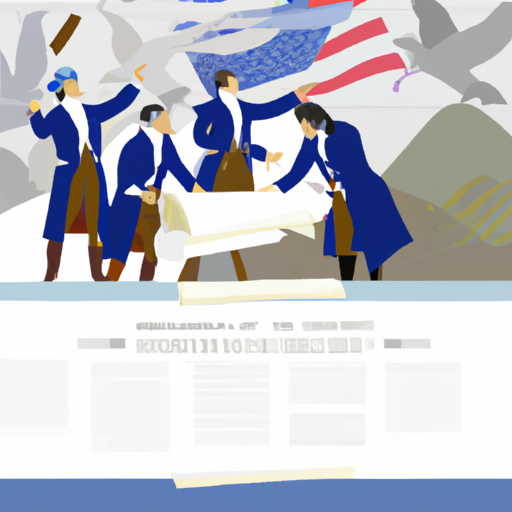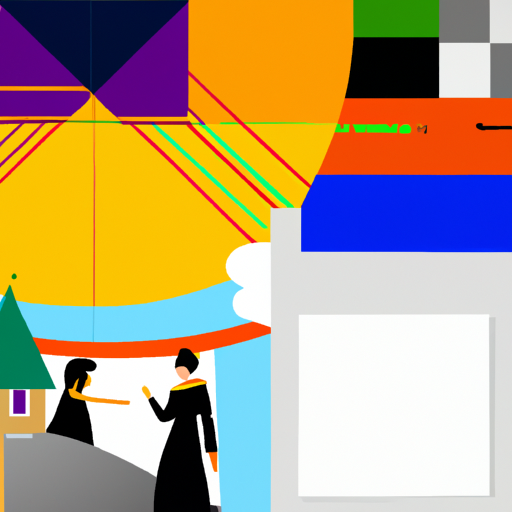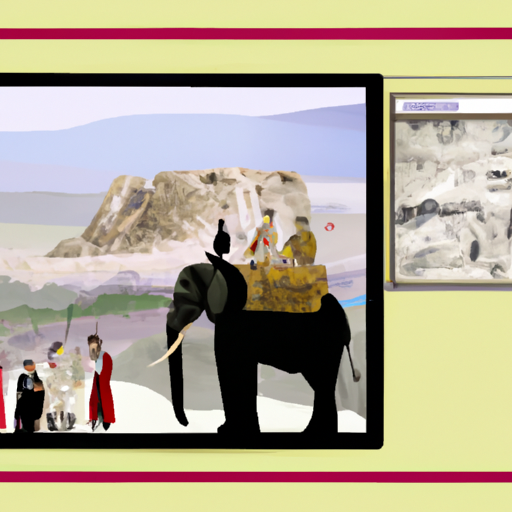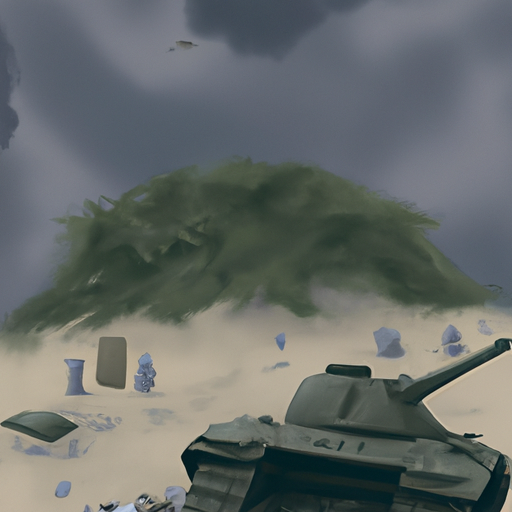A History of Victorian Clothing: What Did People Wear in the 19th Century?
Venture into the annals of time to uncover the captivating story of Victorian fashion! Unearth how clothing styles evolved and shifted during this momentous period. Delve deep into the depths of the past to discover how it impacted modern-day fashion trends. Uncover a captivating tale of style and grandeur, as you explore the fascinating history of Victorian fashion.

Uncover the captivating story of Victorian fashion, a time of grandeur and style that has left its mark on modern-day trends. From lavish fabrics to intricate details, trace the evolution of clothing styles during this momentous era. Journey through history to explore the beginnings, influences, and lasting impact of this remarkable period. Discover how it continues to shape our present day and marvel at its legacy.
.
Introduction

A captivating story lies behind the wardrobe of the Victorian era. The 19th century saw an immense transformation in fashion, particularly for women. This period was characterized by a broad and multifaceted array of garments, with styles ranging from dresses to coats, bonnets, hats, and other accessories that exemplified the ever-evolving trends of the time. Women’s clothing was usually more intricate than men’s, often with long skirts and bodices decorated with delicate lace or embroidery. Men’s wear was comparatively simpler but still followed the current fashions like frock coats and top hats. On the whole, Victorian clothing was significantly more formal compared to today’s attire – there were stringent regulations dictating what could be worn in public and at certain events.
– History of Victorian Clothing Styles
The Victorian era was a period of dramatic transformation in fashion, with both men’s and women’s clothing styles becoming increasingly intricate and ornate. Women’s clothing became more restrictive, with high-necked blouses and full skirts reaching just below the ankle. Bodices were fastened at the back with hooks or lacing and often featured a small train in the rear. Bonnets with wide brims, gloves, and shawls were worn for modesty.
In the mid-Victorian era (1860-1880), women’s attire became even more elaborate, with long skirts reaching all the way to the floor and bodices decorated with lace trimming, ruffles, bows, beads, and other embellishments. Hats grew larger than ever before with feathers or flowers attached to them. Men’s fashion during this time was less restrictive but still followed certain conventions of dress. Suits typically consisted of black trousers paired with a jacket featuring tails in back or a frock coat that reached down to mid-thigh level in front and down to mid-calf level in back. Waistcoats were also popular items for men during this time period as well as top hats and bowler hats for formal occasions.
In the late Victorian era (1880-1900), extravagance was even more apparent in both genders’ clothing styles. Women wore gowns made from heavy fabrics such as velvet or silk adorned with frills, lace trims, beading, ribbons, feathers, fur trims etc., while men sported suits made from lighter materials such as tweed or linen which featured shorter jackets without tails along.
– Impact of Historical Events on Victorian Dress
An intriguing story of Victorian dress, the 19th century saw a dramatic shift in the production and distribution of clothing. The Industrial Revolution brought forth novel fabrics and styles that were more accessible than ever before. Simultaneously, the British Empire’s expansion had a major influence on fashion trends at home and abroad. As different cultures mingled, traditional garments were shared among them, leading to an impressive array of clothing choices throughout the era. Religion was another factor in determining what was fashionable; certain colors or materials became popular as they were linked to religious beliefs. Moreover, political events such as Queen Victoria’s coronation had an impact on dress; her coronation gown set off a trend for formalwear that would be seen in upper-class circles for years to come. All these historical occurrences combined to form an abundance of fashionable styles during the Victorian period.
– Evolution of Victorian Fashion over Time
Time has seen the evolution of fashion in the Victorian era, from its plain and simple beginnings in the early 1800s to the bold patterns and colors of the 1920s. Women’s dresses moved from high necks and long sleeves to corsets and voluminous skirts, while men’s suits shifted from long trousers and waistcoats to frock coats and top hats. As mid-century approached, lighter fabrics such as muslin, silk, and cotton were in vogue. By the late 19th century, women wore shorter skirts and blouses while men began to favor double-breasted jackets and bowler hats.
The early 20th century saw a move away from elaborate Victorian styles towards simpler designs with looser skirts, blouses, and jackets for women; knickerbockers or flannel trousers paired with tweed jackets for men. The 1920s introduced drop waists for women’s dresses as well as bold patterns for both genders. The 1930s brought about economic hardships of the Great Depression which led to clothing being made from cheaper materials such as rayon or wool blends rather than costly silks or cottons; men’s suits were usually single-breasted with wide lapels while women favored tailored suits or day dresses with short hemlines that allowed them greater freedom of movement.
The 1940s saw a return to more traditional styles due to wartime rationing but by 1950 there was an explosion of color on both genders’ clothing thanks to advances in fabric dyeing techniques. Women embraced new silhouettes such as full skirts paired with fitted bodices while men favored slim tailoring in classic shades like navy blue or grey tweed. Today, Victorian fashion continues to influence modern trends although it has been adapted for contemporary tastes – structured bodices for women’s garments alongside top hats or bowler hats for men’s ensembles are just some examples of this timeless style that has persisted through the ages.
– Social Significance of Victorian Attire
Amidst the Victorian period, a time of British history extending from 1837 to 1901, clothing styles were deeply impacted by Queen Victoria and her husband Prince Albert. Structured and ornate fashion was highly regarded, with an emphasis on sophistication and elegance. It became evident that what one wore could heavily influence their place in society – those with more money able to don luxuriant fabrics such as velvet or silk were considered upper-class citizens while those with less money limited to basic materials like cotton or linen were viewed as lower-class citizens. Moreover, specific colors had associations with certain classes; purple was linked to royalty and nobility while brown was connected to laborers and servants.
Furthermore, gender roles in fashion began to emerge during this era; women’s clothing became more restrictive and focused on femininity whereas men’s clothing became tailored and masculine. This had a considerable effect on how people interacted with each other; for instance, men would often address women formally even if they knew them well out of respect for their gender role.
All in all, it is clear that Victorian attire had a substantial impact on social life during this period by defining social status and class distinctions as well as creating distinct gender roles which shaped how people interacted with each other.
– Preservation and Conservation of Historic Victorian Clothing
Exploring the past through the garments of the Victorian era is an essential part of understanding history. To protect and conserve these pieces for future generations, it is important to recognize the fabrics and techniques used in their construction. Fabrics such as silk, cotton, wool and linen were popular during this period; however, they can become brittle over time due to exposure to light, humidity and other environmental factors. To guard against this, historic clothing should be stored away from direct sunlight in a cool and dry area with acid-free tissue paper or boxes. When handling these items, gloves should be worn to prevent oils from our hands transferring onto the fabric. Cleaning should also be done with mild soap as harsh chemicals or detergents can damage the material or embellishments. Repair techniques such as mending tears with matching thread colour and replacing buttons with similar materials are also beneficial for preserving these items for future generations. By following these practices we can ensure that Victorian clothing remains intact for many years to come.
conclusion

Clothing of the Victorian era was a remarkable representation of the culture and values of the period. Apparel styles were profoundly affected by principles of modesty, class distinction, and decorum. Women commonly adorned long skirts with high necklines while men chose tailored suits or military-style uniforms. Fabrics used for these garments were generally heavy and elaborate, incorporating detailed embellishments such as lace and embroidery. This fashion trend was indicative of the Victorian era’s history – a time when fashion was inextricably linked to one’s social standing.
.
Some questions with answers
Q1. What was the fashion of Victorian period?
A1. The fashion of the Victorian period was characterized by full skirts, corsets and bonnets for women and top hats, morning coats and spats for men.
Q2. How did the clothing of Victorian women differ from that of men?
A2. The clothing of Victorian women was typically much more ornate than that of men, with intricate details such as lace, ruffles, bows and embroidery. Women’s clothes were also often made with heavier fabrics such as velvet or brocade while men’s clothes were usually made from lighter materials like cotton or linen.
Q3. What did children wear during this period?
A3. Children during this period often wore clothing that mimicked adult styles but in miniature form, with smaller versions of the same materials and details used for adult clothing.
Q4. What colors were popular in Victorian fashion?
A4. Popular colors in Victorian fashion included dark shades such as navy blue, black, brown and gray as well as bright colors like red, yellow and green.
Q5. How has Victorian fashion influenced modern fashion?
A5. Modern fashion has been heavily influenced by the silhouettes and details seen in Victorian fashion, with many designers incorporating elements such as high collars, corseted waists and full skirts into their collections today.


